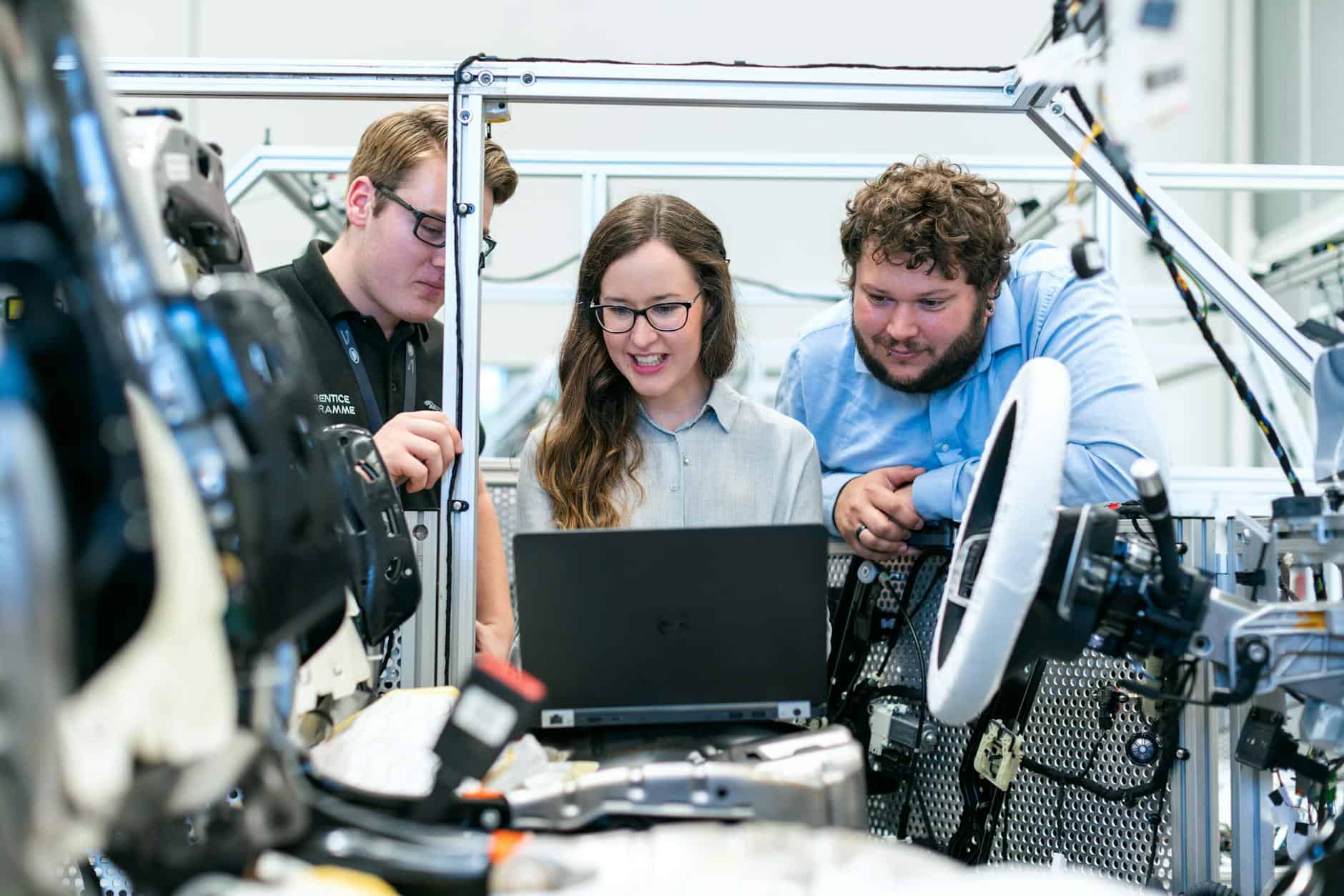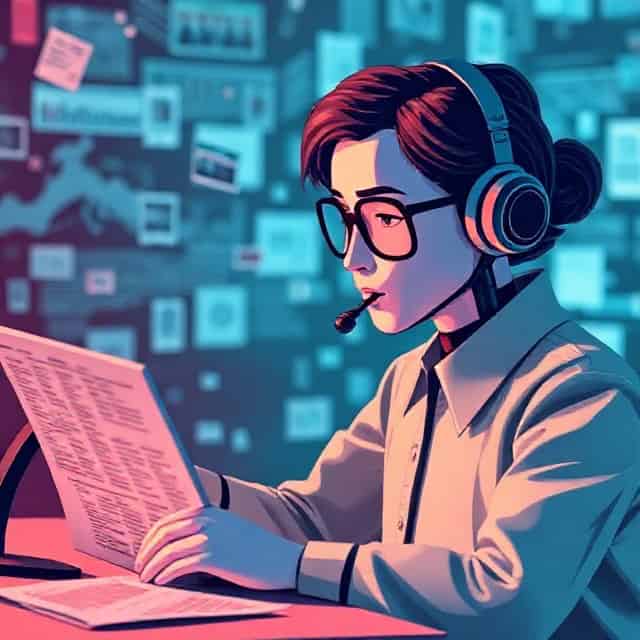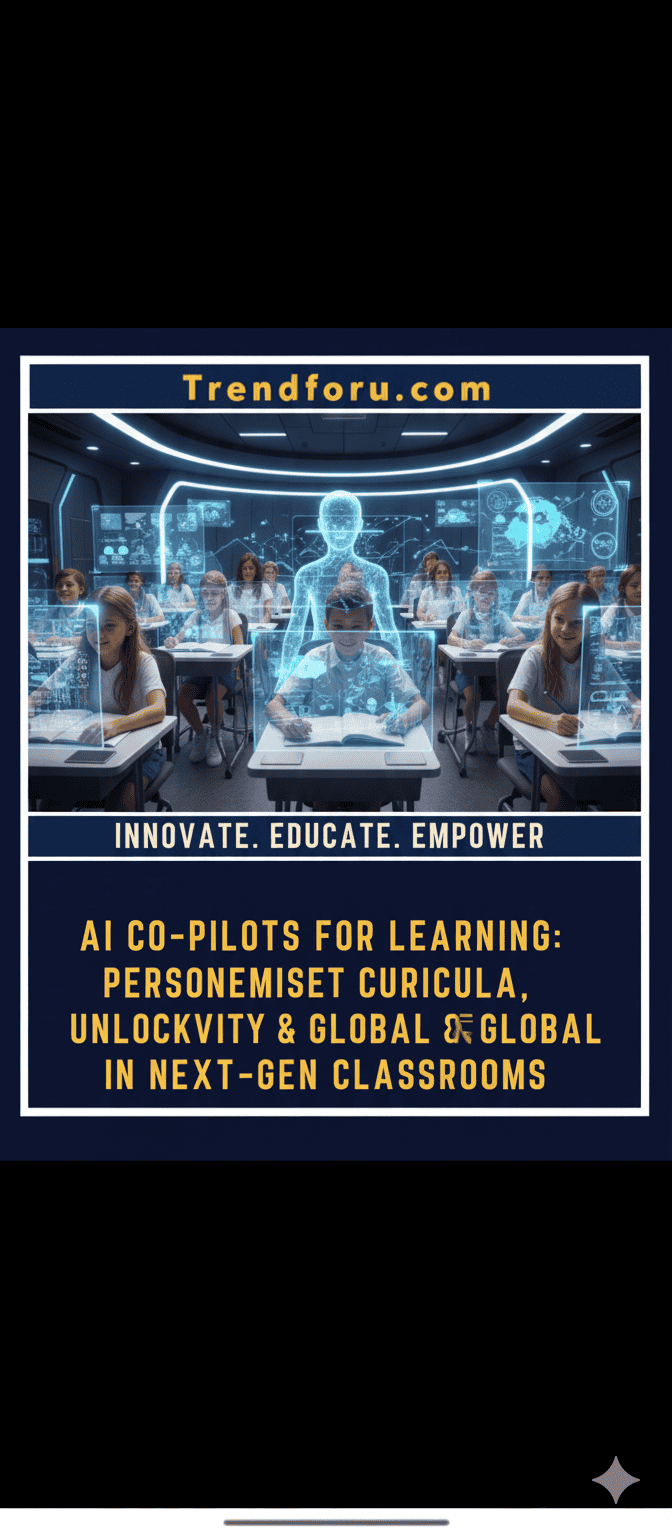Breaking Down the Latest YouTube Drama – Why Creators Are Fighting for Views
Table of Contents
Introduction

YouTube has transformed from a simple video-sharing platform into one of the most powerful digital ecosystems in the world. In 2025, however, the competition on YouTube has reached unprecedented levels. Content creators, both big and small, are locked in a never-ending battle for attention, subscribers, and—most importantly—views.
The latest wave of YouTube drama has exposed the darker side of this competition. Creators are not just uploading videos for entertainment anymore; they are fighting for survival in an environment shaped by algorithms, monetization policies, and an audience hungry for controversy.
In this article, we’ll explore the reasons behind the current drama, how YouTube’s ecosystem fuels it, the impact on creators and viewers, and what the future holds for online content.
Why YouTube Drama Is Exploding in 2025
The Algorithm Problem
The YouTube algorithm is designed to keep viewers on the platform as long as possible. To achieve this, it prioritizes watch time, engagement, and click-through rates. This means sensational content—especially controversial or dramatic videos—gets pushed to the top.
As a result, creators who want to stay relevant often lean into conflict-driven content because it performs better than ordinary uploads.
The Rise of Short-Form Content
Since YouTube Shorts exploded in popularity, creators face even more pressure. Shorts allow fast, viral moments, but they also make attention spans shorter. Traditional long-form creators now feel forced to adapt, and many resent the shift. This divide between “short-form” and “long-form” YouTubers has created new conflicts.
The Fight for Monetization
Ad revenue is shrinking for many creators, with stricter policies and rising competition. This means every view counts more than ever. Many creators accuse others of “stealing views” by copying content, reacting without permission, or manipulating trends.
Examples of the Latest YouTube Drama
Influencer Callouts
2025 has seen a surge in creators publicly calling out others for plagiarism, fake sponsorships, or unethical behavior. These callout videos generate millions of views, often more than the creators’ normal content.
Reaction Wars
Reaction channels have become extremely popular, but they also spark controversy. Original creators accuse reactors of leeching views by using their work without adding enough commentary. This debate has created entire drama series across the platform.
Collaborations Turned Sour
High-profile collaborations often end in conflict. Creators enter partnerships for growth, but when money, fame, or creative differences come into play, disputes spill into the public eye—feeding the drama cycle.
Psychological Pressure on Creators
Burnout and Mental Health Issues
The constant need to stay relevant leads to burnout, anxiety, and depression among creators. Many admit that they feel trapped in a system where one missed upload can destroy their channel’s growth.
Fame Addiction
Some creators thrive on controversy because it keeps them in the spotlight. Fame becomes addictive, and drama is often the fastest way to stay relevant.
Audience Expectations
Audiences are not innocent bystanders—they encourage drama by engaging with controversial content more than regular videos. This creates a cycle where creators feel pressured to keep producing conflict-driven material.
How YouTube Benefits from Drama
While creators may suffer, YouTube as a company benefits. Drama increases watch time, engagement, and ad impressions. Controversy spreads faster than calm, informative content.
Even when creators fight, YouTube wins—because users stay on the platform longer, watching video after video about the latest scandal.
The Role of AI in Fueling Drama
AI-Generated Content
AI tools in 2025 make it easier than ever to create fake videos, manipulated clips, and deepfakes. Some drama is fueled by content that isn’t even real, but looks convincing enough to spark controversy.
Algorithmic Bias
AI-driven recommendations tend to amplify sensational content. If drama gets more clicks, AI keeps pushing it further—creating a self-sustaining loop.
Impact on Viewers
- Entertainment vs. Manipulation: Viewers enjoy the drama but are often manipulated by exaggerated or false claims.
- Misinformation: Not all drama is real. Sometimes it’s staged for clicks.
- Viewer Fatigue: Constant conflict can make audiences feel drained, leading some to leave the platform.
The Future of YouTube Drama
Stricter Policies Coming?
YouTube may eventually tighten rules on harassment, false claims, and AI-generated misinformation. However, stricter rules often spark backlash from creators who feel censored.
Creator-Driven Platforms
As the drama intensifies, some creators are moving to alternative platforms like Rumble, Kick, or Patreon to escape YouTube’s algorithm-driven culture.
The Drama Economy Will Stay
Despite complaints, drama is unlikely to disappear. It has become a built-in part of YouTube’s culture, driving views and revenue.
How Creators Can Survive Without Drama
- Focus on Community: Building a loyal audience through honesty and consistency.
- Diversify Income: Relying less on YouTube ads and more on sponsorships, memberships, or merchandise.
- Quality Over Quantity: Uploading less often but delivering higher-quality content.
- Collaboration Without Conflict: Partnering with creators in positive ways instead of competitive rivalries.
Conclusion
YouTube drama in 2025 is not just entertainment—it’s a reflection of the platform’s evolving pressures. Creators are caught between algorithm demands, monetization struggles, and audience expectations. While some embrace drama as a growth strategy, others see it as a destructive force that damages mental health and content quality.
The truth is, YouTube drama is here to stay. As long as audiences keep watching and the algorithm keeps rewarding conflict, creators will keep fighting for views. The real question is whether the platform—and its users—can find a healthier balance between entertainment and authenticity.













Leave a Reply